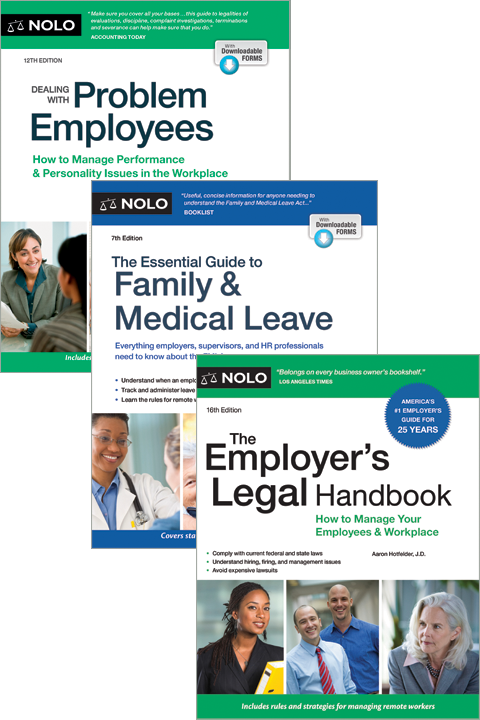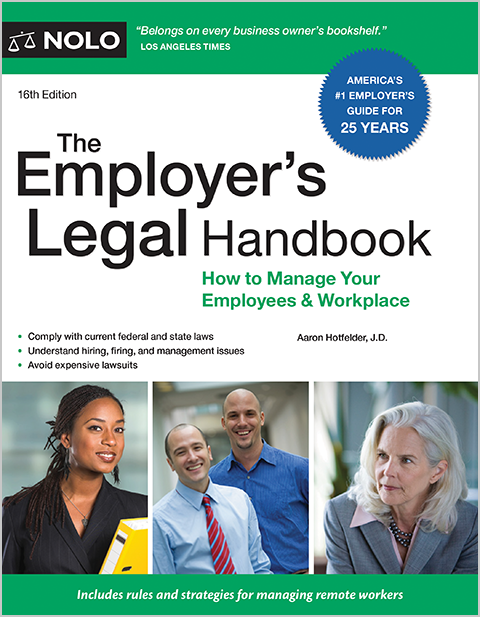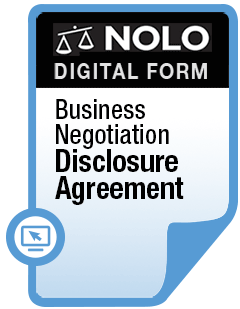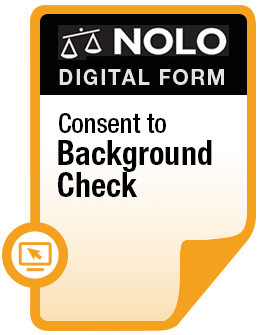Learn the rules for unemployment eligibility, benefit amounts, and more in Maryland.
If you are out of work, you might be eligible for unemployment benefits. Unemployment compensation is available to those who are temporarily out of work, without fault on their parts.
The basic structure of the unemployment system is the same from state to state. However, each state sets its own rules for eligibility, benefit amounts, filing procedures, and more.
This article explains how unemployment benefits work in Maryland.
Eligibility Requirements for Maryland Unemployment Benefits
The Division of Unemployment Insurance of the Maryland Department of Labor, Licensing and Regulation handles unemployment compensation and decides whether claimants are eligible for benefits. You must meet the following three eligibility requirements to collect unemployment benefits in Maryland:
- You must be unemployed through no fault of your own, as defined by Maryland law.
- You must have earned at least a minimum amount in wages before you were unemployed.
- You must be able and available to work, and you must be actively seeking employment.
Are You Out of Work Through No Fault of Your Own?
You must be out of work through no fault of your own to qualify for unemployment benefits in Maryland.
Collecting Unemployment After a Layoff
If you are laid off, lose your job in a reduction-in-force (RIF), or got "downsized" for economic reasons, you will meet this requirement.
Collecting Unemployment After Being Fired
If you were fired because you lacked the skills to perform the job or simply weren't a good fit, you won't necessarily be barred from receiving benefits. If, however, you were fired for misconduct, you may be disqualified from receiving benefits.
Maryland recognizes three types of misconduct for firing. If you were fired for "simple" misconduct in connection with your job, you won't be eligible for benefits for ten to 15 weeks after you were fired.
If you were fired for "gross" misconduct (serious or repeated violations of workplace rules or standards of behavior), you must get a new job and earn at least 25 times your weekly benefit amount before you will be eligible for unemployment.
If you were fired for "aggravated" misconduct (deliberate and malicious misconduct intended to damage property or cause physical harm), you must get a new job and earn at least 30 times your weekly benefit amount before you will once again qualify for unemployment benefits.
Collecting Unemployment After Quitting
You won't be eligible for unemployment benefits if you quit your job voluntarily, without good cause. In general, good cause means that you had a compelling work-related reason that left you no other choice than to leave.
For example, if you left your job because of dangerous working conditions or sexual harassment that your employer refused to stop, you may be able to collect benefits.
You may also be eligible for benefits if you quit your job for compelling personal reasons that give you no alternative, for example, because of your own poor health or to care for a seriously ill family member.
Do You Meet the Minimum Earnings Requirement?
Like every state, Maryland looks at your recent work history and earnings during a one-year "base period" to determine your eligibility for unemployment. (For more information, see Nolo's article, Unemployment Compensation: Understanding the Base Period).
In Maryland, as in most states, the base period is the earliest four of the five complete calendar quarters before you filed your benefits claim. For example, if you file your claim in July of 2024, the base period would be from April 1, 2023, through March 31, 2024.
To qualify for benefits in Maryland, you must meet one of the following requirements:
- you must have earned income in two of the first four of the last five completed quarters before filing your claim; or
- must have earned income in two of the last four completed quarters.
Are You Available and Actively Searching for Work?
To keep collecting unemployment benefits, you must be able to work, available to work, and looking for employment. (For more information, see Nolo's article, Collecting Unemployment: Are You Able, Available, and Actively Seeking Work?) If you're offered a suitable position, you must accept it.
Whether a position is suitable depends on how similar the job is to your previous employment, how much you will be paid, the working conditions, and the skills, experience, and training required for the position. The longer you are unemployed, the more likely you will have to consider jobs that pay less, are in a different field or occupation, or require a longer commute.
You must engage in a good faith search for work, based on your occupation and the labor market. You will receive instructions when you apply for benefits on how to perform your work search. You must keep records of your job search efforts, and you must put in more time and effort the longer you're receiving unemployment benefits.
Amount and Duration of Unemployment Benefits in Maryland
If you are eligible to receive unemployment, your weekly benefit in Maryland will be about half of your average weekly earnings during the base period. (You can look up your exact benefit amount on Maryland's Schedule of Unemployment Benefits.)
The most you can receive per week is currently $430; the least you can receive is $50. You may receive benefits for a maximum of 26 weeks. (In times of very high unemployment, federal and state programs may make additional weeks of benefits available.)
How to File a Claim for Unemployment Benefits in Maryland
You may file your claim for unemployment benefits in Maryland electronically or by phone. You can find contact information and online filing information at the website of the Maryland Division of Unemployment Insurance.
Once the Department receives your application, it will send you a Determination of Monetary Eligibility. This document will include your potential weekly benefit amount.
How to Appeal a Denial of Unemployment Benefits in Maryland
If your unemployment claim is denied, you have 15 days to appeal the decision to the Appeals Division. A hearing will be held on your appeal, at which you may testify, present witnesses, and offer evidence. The Hearing Commissioner will issue a written decision in your case.
If you aren't satisfied with the Hearing Commissioner's decision, you may appeal it to the Board of Appeals. And, if you aren't satisfied with the decision of the Board of Appeals, you may seek review in state court.
For more information on the unemployment process, including current eligibility requirements and benefits amounts, visit the website of the Maryland Division of Unemployment Insurance.
Talk to a Lawyer
Need a lawyer? Start here.
How it Works
- Briefly tell us about your case
- Provide your contact information
- Choose attorneys to contact you
- Briefly tell us about your case
- Provide your contact information
- Choose attorneys to contact you



